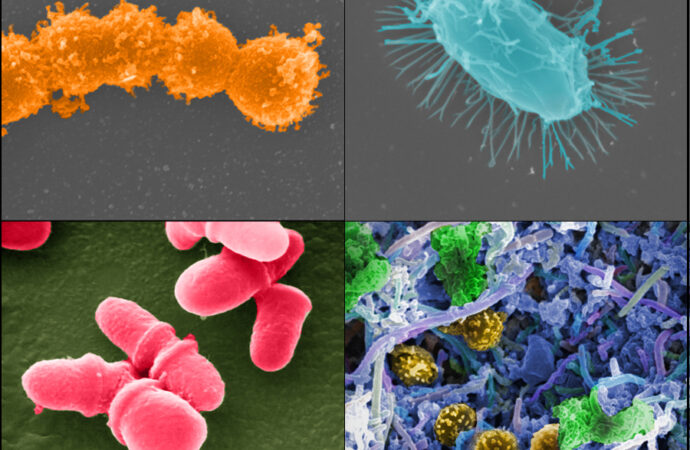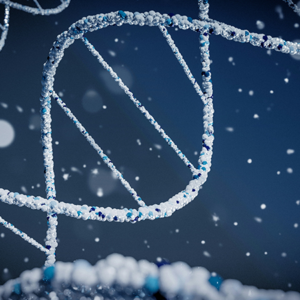Microbiomes, a collection of microorganisms such as bacteria, fungi, and viruses, exist everywhere – in water, soil, plants, even our bodies. The right balance of these organisms is essential for maintaining a healthy body and planet, and research has shown that introducing beneficial microbiomes can help improve human and environmental health.
But designing these beneficial microbial communities remains a challenge. Currently, scientists use a bottom-up approach, where microbiomes are broken into parts and synthetic ones are developed by combining microorganisms with desirable traits. Yet bringing together different organisms can result in unpredictable behaviors – the functions the microorganisms were chosen for may not exist when they’re combined.
Two faculty from the University of Chicago, Professors Seppe Kuehn and Arjun Raman, propose a different approach that mimics the evolutionary process. Through a continuous design-test-build-learn cycle, they will create thousands of synthetic microbiomes and test their function. Each new generation of microbiomes will be built using machine learning and statistical modeling to be an improvement on the last. This process continues until the researchers develop a microbial community with a predetermined level of function.
Using this rational design approach could result in the development of synthetic microbiomes that help safeguard human health and protect the environment, such as microbial communities that suppress disease causing pathogens, breakdown plastic waste, or remove harmful nitrites from water.
[Image: Jonathan Bailey, National Human Genome Research Institute, NIH, via Flickr.]
Principal Investigators: Seppe Kuehn (UChicago), Arjun Raman (UChicago)



